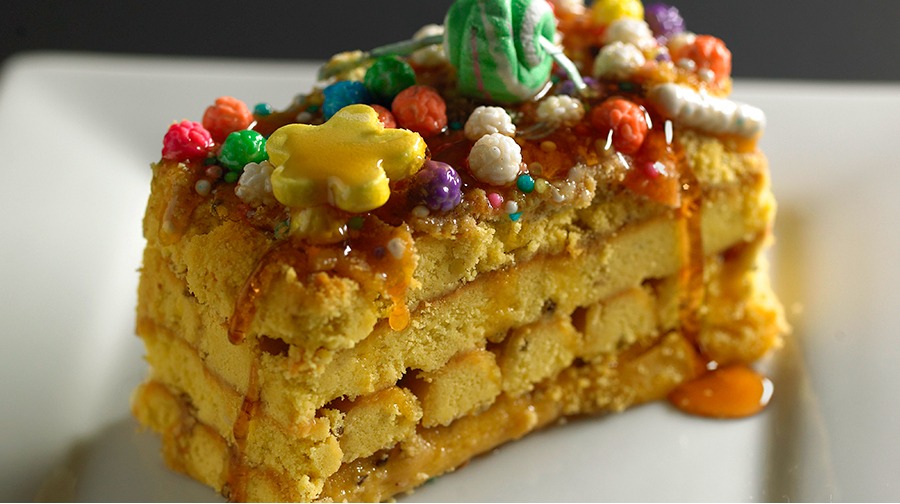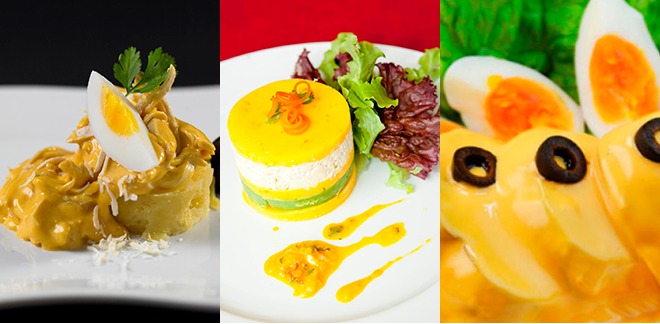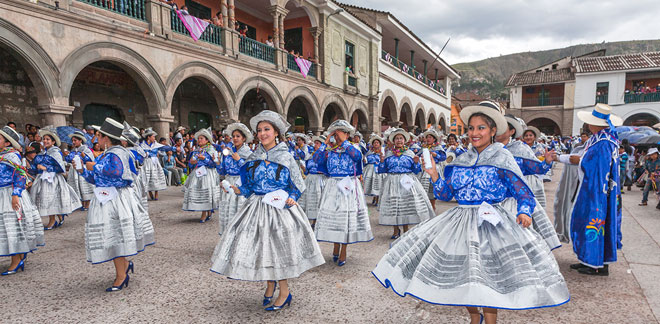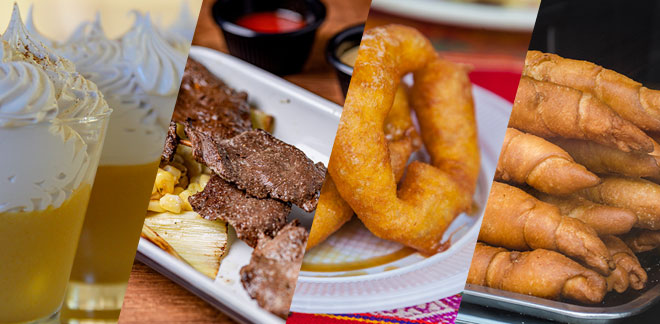Turrón de Doña Pepa, Peruvian tradition made into dessert
Síguenos en:Google News
There is a delicacy that seduces both children and adults with its sweetness. It is served in October, the time of the Señor de Milagros (Lord of Miracles), but its pleasant taste is ideal at any time of the year. It is the rich “turrón” or nougat cake of Doña Pepa, a symbol of the Christianity of Lima. But this cake, consisting of crumbly bars of nougat dipped in caramel and candy, is not the only delicacy that sweetens the capital.
In Peruvian gastronomy, countless delicacies dating mainly from the colonial era have been passed down from generation to generation until they have become tradition. It happened with ranfañote, with suspiro a la limeña and, of course, with the majestic turrón de Doña Pepa. This delicacy of the gods covered with honey and innumerable colored sprinkles was quite literally created thanks to a divine sign. According to legend, it was an African-Peruvian woman who created it approximately 300 years ago. Her name was Josefa Marmanillo.
Josefa and her turrón
At that time, Josefa – like others of her race – did not have a good life. During the colonial era, she, like the other slaves, was forced to follow the harsh orders of the colonists. She spent her days doing her daily chores. One day she was struck by a severe illness that made it impossible for her to work and walk.
It seemed like it would take a long time for her to get better. Concerned about her situation, she entrusted her health to the Lord of Miracles, also known as the Christ of Pachacamilla. In her prayers, Josefa made a promise to the Cristo Moreno in exchange for getting better: she would invent a dessert in his name.
It wasn't long before Josefa was feeling much better. One night, she felt fully recovered. Then, she gathered the ingredients and guided, it is said, by divine help, she mixed flour with honey and butter and obtained that majestic dessert that today is known as turrón de Doña Pepa.
As promised, she prepared her cakes and took them to be sold during the Lord's procession. As time went by, the dessert became a symbol of Christianity every October.
Delicious all year round
Although October is the time when people from Lima enjoy this turrón, the cold lasts for many months, so you can eat it whenever you want. There are a few varieties. “The turrón de Doña Pepa that we all know is made from a base that consists of sticks of dough made with wheat flour, butter, sesame and cloves, which are then bathed in a mixed fruit honey and covered with colorful sprinkles,” says nutritionist Sarah Abu Sabbah.
However, nowadays, pastry experts experiment with other ingredients and have slightly altered the original recipe while maintaining its essence, so that it can be enjoyed by both celiacs or people with diabetes. Quinoa with passion fruit and yucca with cocona are some of the healthy varieties of the turrón.
About the Lord of Miracles
In 1651, according to the Peruvian historian Raúl Porras Barrenechea, an Angolan slave named Pedro Dalcón took a paintbrush and, guided by his faith, portrayed the image of God, Jesus and the Holy Spirit on one of the walls of one of the many confraternities in the Pachacamilla neighborhood (today's Jirón Chancay, in central Lima).
In October 1655, a strong earthquake hit the city of Lima and Callao, destroying everything in its path. Everything, except the image that Dalcón had portrayed. The story goes that the authorities ordered the image to be removed in order to avoid, according to them, any profane act. But every time an agreement was made to carry out the demolition, something happened that prevented it. Since then, the cult of the Cristo Moreno has taken place, religiously, with the turrón alongside it, every October.
Sources: RPP/ La República/ Caretas/ Correo/ Somelier









